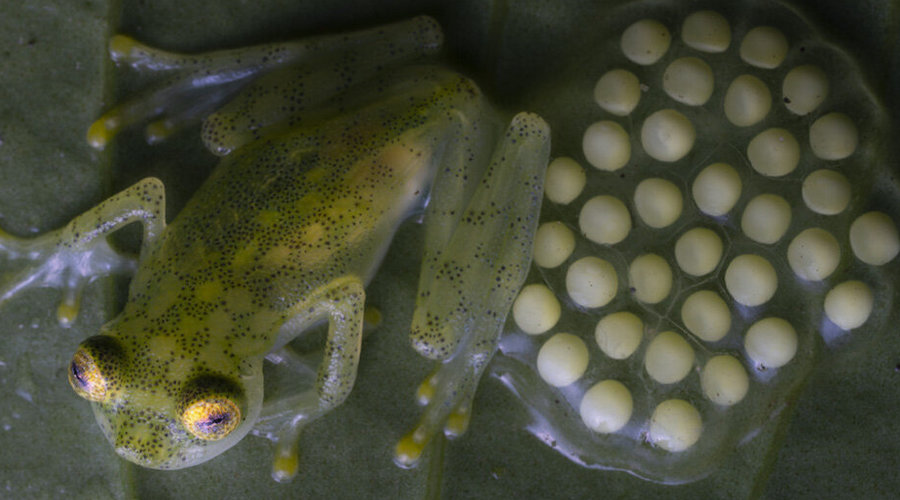
Both H. mashpi and H. nouns are found in forest regions that have suffered agriculture-related deforestation over the past decades. H. nouns were observed in areas with active mining operations, while H. mashpi was observed in areas adjacent to existing mining leases.
“The few remaining patches are now under the pressure of mining activities, which are highly polluting and have the opposition of numerous local communities,” Guayasamín said in a media statement.
The scientist explained that a frog’s ability to breathe underwater through cutaneous respiration—a process where gas exchange occurs across the skin rather than lungs or gills—makes them highly vulnerable to water-related pollution and habitat destruction.
In addition to this, the narrow distribution of species in the Andes makes H. mashpi and H. nouns incredibly susceptible to disruption.
“If a mining company came in and destroyed the few streams where we know these frogs exist, that’s probably extinction for the species,” Brunner said.
The ID process
The Mashpi glass frog and the Nouns’ glass frog display similar colour patterns and transparent abdomens and they resemble other members of the genus. They also exhibit similar behavioural patterns—namely extended parental care—as related species of glass frogs.
Thus, the researchers were only able to confirm they hadn’t been identified before when they ran a bioacoustic analysis of the Mashpi glass frog’s unique call. To differentiate it from other frogs’ calls, they compared it to call recordings from similar species in Central America, Colombia, and other areas of Ecuador.
Improvements to DNA sequencing also helped the taxonomists differentiate the species from their closest relatives.
More than 1,000 amphibian species live in the Andes, a majority of which can only be found in the narrow mountain ranges and river valleys that dot the terrain.
“A lot of these sites are incredibly remote, which is one of the reasons why we were able to discover new species,” Brunner said.




